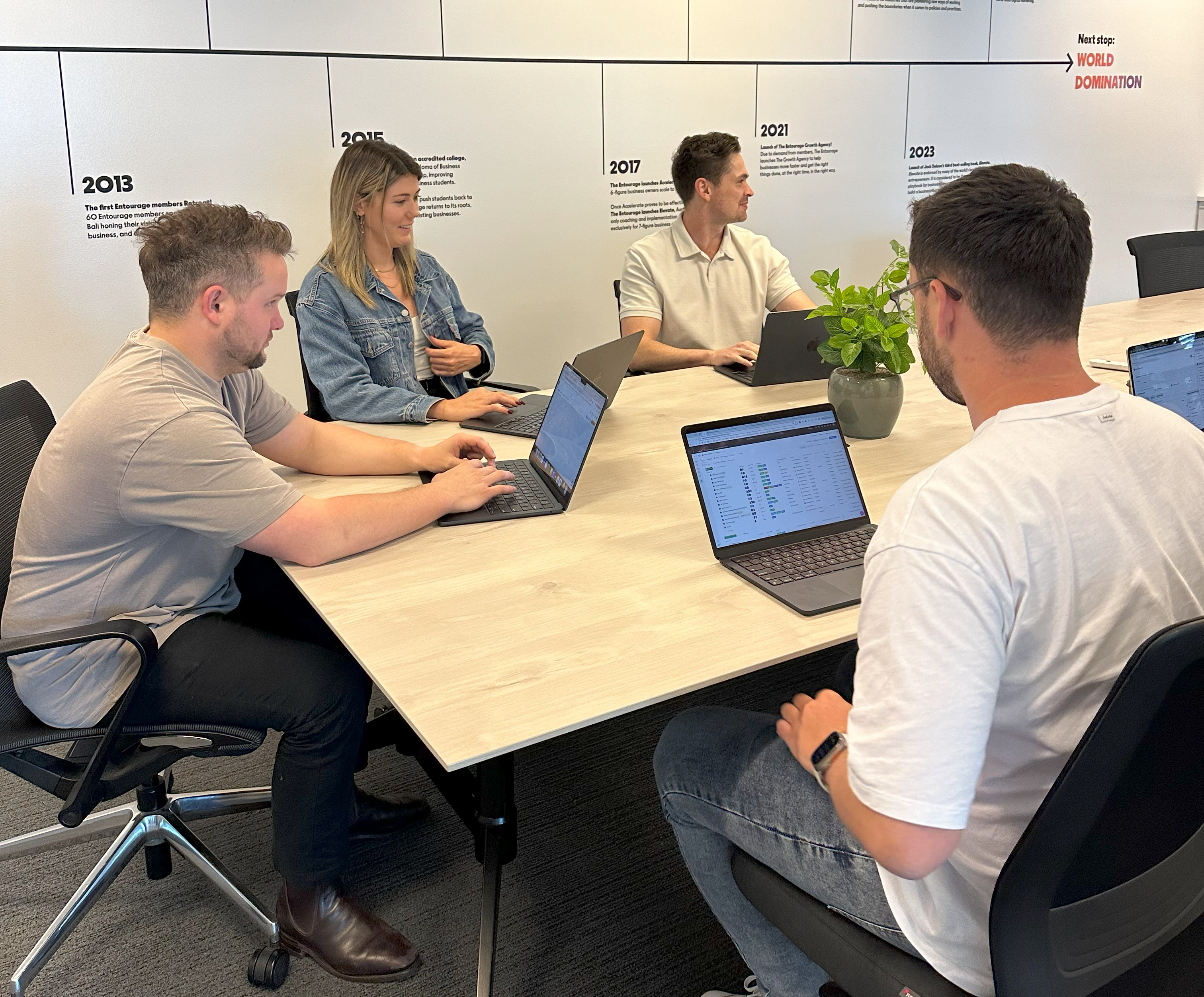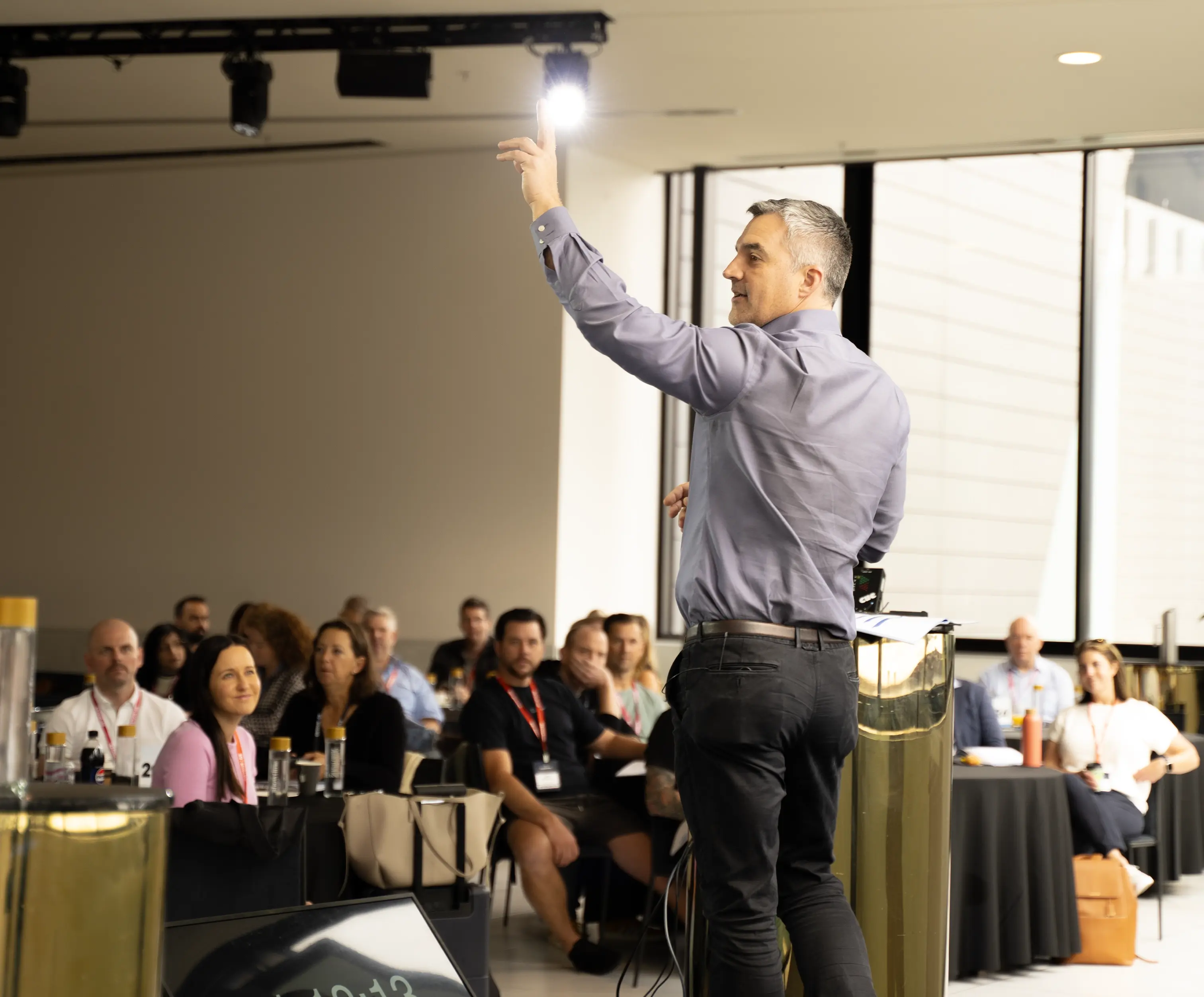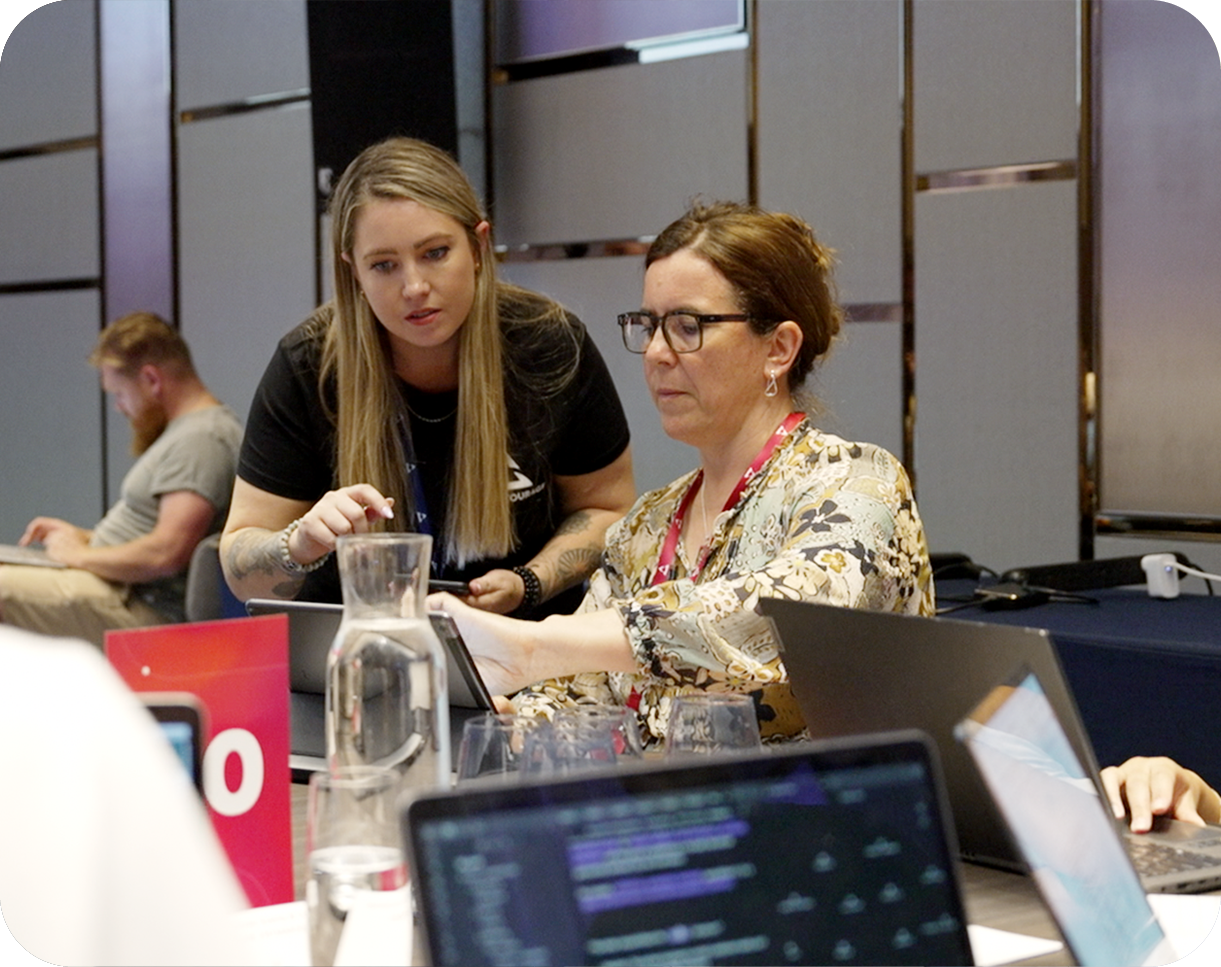There’s a certain romance about moving your retail enterprise to a bona fide brick and mortar premises. You’ve built your online brand from the ground up — poured your heart out into product photos, stayed up late to respond to customer queries, and wrestled with SEO until your eyes glazed over. But now, the pull of a physical store is real. You’re dreaming of a cute little shop front, a curated in-store vibe, the smell of fresh stock, perhaps even a cheeky neon sign behind the counter.
The thing is, while the jump from online to brick and mortar can elevate your brand and win you a whole load of new loyalists, it also comes with a boatload of additional expenses — ones that don’t really crop up when you’re running the show from your laptop. Some expenses are obvious. Others? Not so much.
Here’s a breakdown of the key costs to budget for, so you can meet all your retail goals.
-
Shop Security & Surveillance
Let’s begin with something many people tend to take lightly until it’s too late: security. Unlike the digital world — where a password reset can bail you out — brick and mortar stores are exposed in very real, physical ways. Theft, vandalism, even minor shoplifting — they can all eat at your bottom line before you realise what’s happening. So getting the security right isn’t just nice to have. It’s essential.
This includes things such as alarm systems, reinforced locks, and of course, CCTV. And not just any old grainy footage that looks like it was shot on a potato. You’ll want to look into the Best commercial security camera systems Australia has to offer. Think high-res footage, cloud access, motion detection and the ability to check in on your store’s status straight from your phone. It’s equally about peace of mind as it is about prevention. After all, stats show that just the sight of a camera can be enough to deter criminals. But like everything in the retail world, quality comes at a price, so make sure this is factored into your launch budget.
-
Rent (And Everything That Comes With It)
Commercial rent is a big ticket expense — and one you can’t avoid. But rent is hardly ever just rent. There’s GST. Sometimes there’s council tax. And don’t even get us started on outgoings (which basically means the shared costs for things like building maintenance, cleaning, insurance and yes, the communal loo roll in the bathroom).
You’ll also have to pay a bond (three to six months’ worth of rent, typically), which can be a massive chunk of change. And if you’re taking over a pre-loved space, there might be make-good clauses in the lease that require you to restore the space to its original condition when your lease expires. It’s the fine print that stings. So before you sign anything, get your lease reviewed by someone who knows what they’re doing. Having a great location is meaningless if it’s silently draining your budget behind the scenes.
-
Fit-Out and Store Design
Here’s where your brand goes from digital aesthetic to physical experience. But shop fit-outs can be sneakily expensive. Even the most minimalist vibe (concrete floors, exposed pipes, moody lighting) can incur a surprisingly steep bill. You’ll need shelving, signage, counters, mirrors, changing rooms, point-of-sale areas — and that’s before you even think about music systems, display tables or the perfect scent to pump through the air vents.
A fit-out doesn’t have to cost tens of thousands, but it can. And there is only so much you can DIY. You will most likely need trades — plumbers, sparkies, perhaps even a builder if you are doing a major overhaul. Whatever the case, always get more than one quote and be sure to include some padding for the unknown. Because something always goes wrong. It’s just part of the game.
-
Utilities and Ongoing Overhead
This is the one people forget to budget for when they’re used to working from home or a coworking space. The second you transition to brick and mortar, you’re on the hook for electricity, water, internet, heating, cooling, and waste disposal — all day, every day. And unlike your e-commerce business, the bills aren’t sitting on hold because business is a little sluggish.
EFTPOS fees, merchant fees, cleaning, paper for receipts, bags for customer purchases, toilet paper for the staff loo, fixes for your commercial space…it all adds up quickly. Managing a store is similar to managing a household, but the stakes are infinitely higher and the margins are less forgiving. It isn’t glamorous, but it’s the reality. Be sure to factor in at least 6–12 months of operating costs as a safety net, because not every week will be a blockbuster.
-
Staffing and Payroll
One-person show online? Legend. But when you expand to a physical store, you’re going to need help. And staff are an entirely different kettle of fish altogether. On top of wages, there’s superannuation, WorkCover insurance, payroll tax (depending on your state), and potentially uniform costs or staff training.
Rostering is another necessary evil. You’ll have to become an expert on weekend penalty rates, public holiday loading, break times, fair work compliance, and so much more. Even a casual staff member working ten hours a week needs to be treated properly and paid fairly. It’s serious admin, but it’s also the bedrock of a good workplace culture — and that reflects directly on your brand. Unhappy staff? You’ll feel it in your customer experience.
-
Marketing (Yes, Even More Than Before)
You would think that a brick-and-mortar presence would cut down on marketing efforts, but in reality, it just adds another layer. Now, you’re not just competing in digital space — you’re also battling for foot traffic, attention, and community relevance.
This means local SEO (yes, it’s a thing), signage visibility, print marketing and even event-driven campaigns such as opening nights or in-store pop-ups. And don't forget social media content creation as well — people love a glimpse of behind-the-scenes shop life. Additionally, if you’re situated in a competitive area, you might need to run launch specials or loyalty programs in your marketing funnel to carve out your spot.
All of this takes money. Time too. And while you may be used to religiously scheduling Instagram posts from your couch at 11pm, running a physical store will require a bit more structure and forward planning. The good news? Done well, your offline presence will be the engine that powers your online store. But just remember it won’t do it on vibes alone.
Final Thoughts
The leap to brick-and-mortar isn’t just a glow-up for your brand — it’s a full-on business expansion. But magical as it is, it’s also heavy with responsibility. If you’re financially prepared, emotionally ready and clear-eyed about the costs, it can be one of the best decisions you’ll ever make.
Just don’t forget: it’s not just about having aesthetic shelves and good lighting. It’s about strategy, structure, and a solid plan. Dream big, budget smart, and you’ll be on your way to retail success.
Related Categories
Ryan Terrey
As Director of Marketing at The Entourage, Ryan Terrey is primarily focused on driving growth for companies through lead generation strategies. With a strong background in SEO/SEM, PPC and CRO from working in Sympli and InfoTrack, Ryan not only helps The Entourage brand grow and reach our target audience through campaigns that are creative, insightful and analytically driven, but also that of our 6, 7 and 8 figure members' audiences too.





